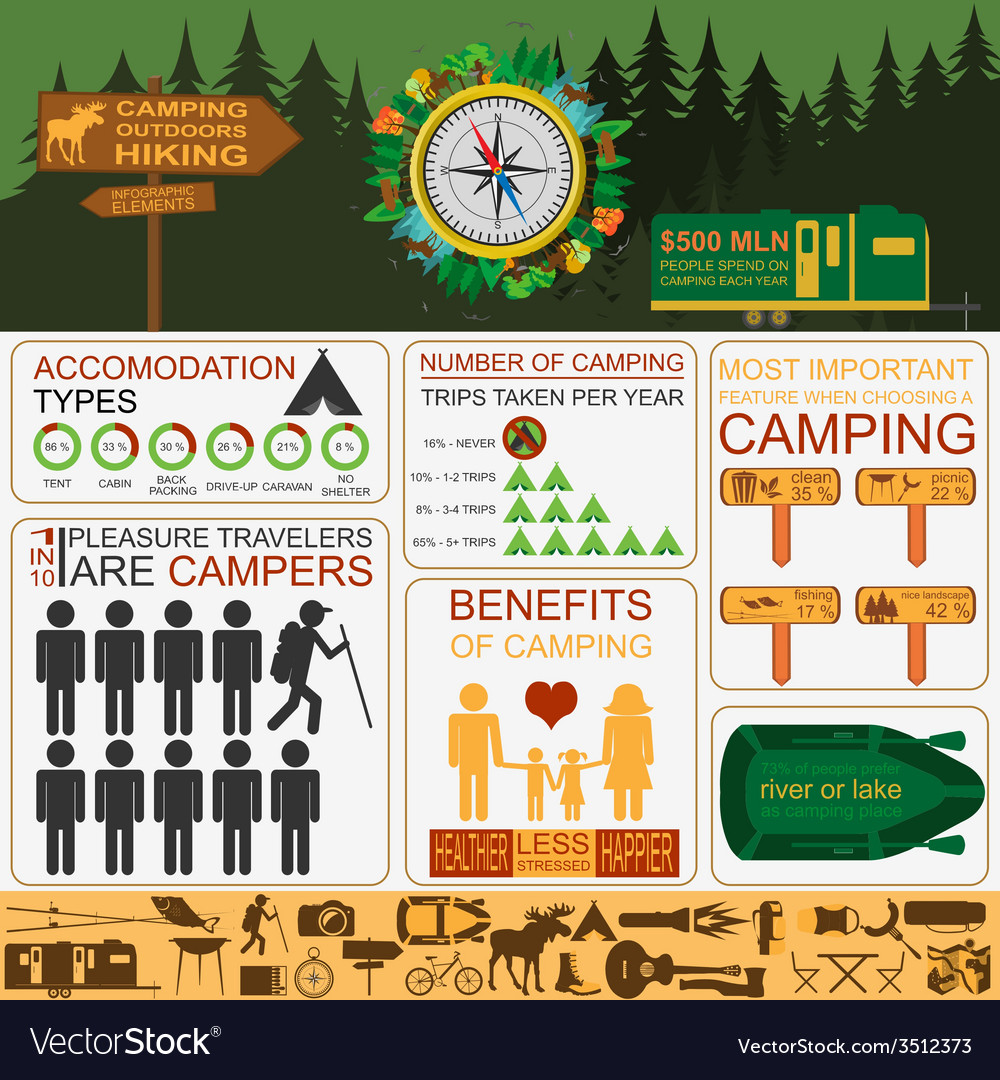Comprehensive Guide To Selling Camping Tents Online
Comprehensive Guide To Selling Camping Tents Online
Blog Article
Taking Photos of the Night Sky
A variety of aspects can impact evening skies digital photography. From climate condition to upcoming holy occasions, you'll wish to prepare ahead to make sure success.
What kind of heater is safe to use in a tent?
The shutter rate you pick establishes whether celebrities look like exact pin-points or path across the photo. A great rule of thumb is to limit the exposure to 500 secs, or the matching of your lens's focal length.
Location
One of the most important consider an excellent photo is where you take it. Go for places with very little light pollution, and avoid areas that have intense city lights and skyscrapers.
Likewise, look for a place that provides foreground elements to develop make-ups with. For instance, dune patterns, wind-sculpted ridges and rocky outcrops can all provide intriguing foreground components to aid tell the story of your night sky picture.
It is likewise valuable to research astronomical events such as meteor showers and lunar eclipses to maximize chances for fantastic photos. Making use of a device such as the Professional photographer's Ephemeris can be extremely helpful when planning your shoots. It aids you to figure out moon phases, Milky Way placement and other astronomical occasions. Likewise, think about shooting in RAW layout instead of JPEG as this gives you extra versatility when processing the images. This is specifically true if you plan to publish your pictures.
Video camera Setups
Obtaining the best camera setups is necessary for any type of photograph, yet especially so for evening skies photos. A wide-angle lens is best for recording even more of the Milky Way and lowering star trails, along with a much longer shutter speed to quit the movement of celebrities and disclose their information.
For a maximum degree of clarity, shoot in RAW style instead of JPEG, which permits you to protect more information and offers adaptability during post-processing. This can also include in file dimension, so ensure you have plenty of storage area and extra flash memory card handy.
Set your emphasis to hands-on concentrating by turning the AF/MF switch on your lens right into MF mode. You might need to take a couple of test shots and examine the image playback on your cam's LCD screen till you achieve excellent, identify hand-operated focus. It's an excellent idea to do this throughout the day with your chosen lens and the area you will be contending night, to validate the accuracy of your emphasis setup.
Illumination
A good night skies photo needs the right problems. This consists of a dark sky, yet also a fascinating foreground element such as a mountain coming up, a lake to show the celebrities, or a human element like a barn or shed. You can also utilize a headlamp to light up the foreground and add some dramatization or depth to your picture.
One of the most essential electronic camera settings for evening sky photography are the aperture and shutter rate. The larger the aperture, the extra light that reaches the sensor. This permits you to capture brilliant stars in a fairly brief amount of time.
The shutter speed establishes whether your stars will be pin-point excellent or if they will appear as celebrity trails because of the Planet's rotation. Make sure to take numerous long exposure shots and pile them in post-processing for the very best results. Last but not least, shoot in RAW setting to give yourself maximum latitude in post-processing.
Structure
The trick to beautiful star shots isn't a premium telescope, a brand-new wide-angle lens or a top-of-the-line Canon or Nikon cam. It's strategy, preparation and composition.
For beginners, look your shoot location in advance to obtain a feel for the layout and prospective make-ups. Consider incorporating foreground aspects such as rocks, a lake or alpenglow luxurious camping tents on the landscape to include personality and interest to your pictures.
Keep in mind the Regulation of Thirds when composing your photos. This easy concept assists equilibrium and unify pictures. It's likewise valuable for focusing on points of interest in your picture, such as rock functions or the Galaxy. Additionally, remember to plan your shoots around moon phases-- capturing at a moon can subdue stars and produce a silhouetted form, while firing on evenings with a new moon can help you see constellations much more clearly.
What is the lightest 2 person backpacking tent?
